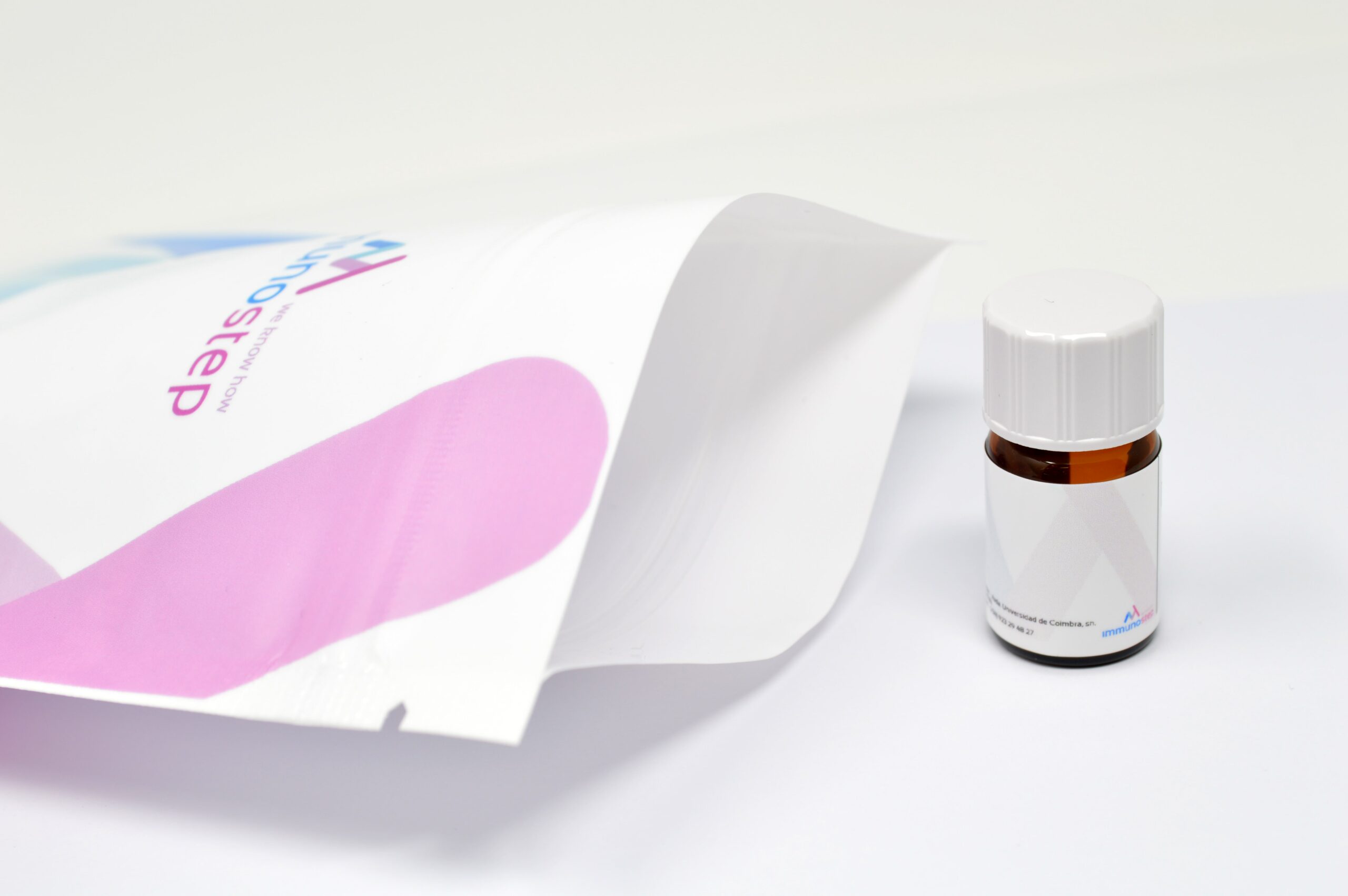- Products
- Oncohematology
- Antibodies
- Kits
- CAR T-cell
- Euroflow
- Single reagents
- Request info
- Resources and support
- Immunology
- Antibodies
- Single reagents
- Cross match determination (FCXM)
- FcεR1
- Ig subclasses
- Single reagents
- Kits
- TiMas, assessment of tissue macrophages
- Request info
- Resources and support
- Antibodies
- Exosomes
- Accesory reagents
- Software
- Oncohematology
- Services
- Peptide Production
- Design
- Modification
- Protein Services
- Expression and purification
- Freeze drying
- Monoclonal And Polyclonal Antibody Development
- Monoclonal
- Policlonal
- Specialized antibody services
- OEM/Bulk production
- Purification
- Conjugation
- Custom Exosome Services
- Isolation and purification
- Characterization
- Peptide Production
- Shop
- Support
- About Us
- Contact
- Shop
- Single Antibodies
- Anti- Human IgG2
Anti- Human IgG2
175,00 € excl.VAT
Immunoglobulin (Ig) G (IgG) is the predominant of five classes of Ig (IgG, IgA, IgM, IgE, and IgD). Igs differ in heavy chain structure and effector function. IgG1, the largest IgG subclass, represents ~ 60% of IgG and has a half-life of 21 days. Antibody responses to soluble protein and membrane antigens primarily induce IgG1, although polysaccharides and allergens also elicit IgG1 responses. In normal adults, IgG2 represents ~ 30% of serum IgG. IgG2 activates complement less readily than IgG1 and IgG3, has low affinity for Fc receptors on phagocytes (FcγR), crosses the placenta less freely than other IgG subclasses, and has a half-life of 21 days. IgG2 is the predominant antibody that responds to bacterial polysaccharide antigens. Some persons with frequent or severe respiratory tract infection have subnormal IgG2 (< 2 SD below respective means).
Additional information
| Conjugated | |
|---|---|
| Size | |
| Regulatory Status | |
| Clone | |
| Gene ID | |
| Format | |
| Species Reactivity | |
| Isotype | |
| Tested Applications | |
| Clonality | |
| UniProt | |
| Mw | |
| Volumen/test | |
| Storage | Store in the dark at 2-8°C. |
| Other names | IGHG2 |
| Buffer | The reagent is provided in aqueous buffered solution containing protein stabilizer, and ≤0.09% sodium Azide (NaN3). |
| Immunogen | Human IgG2 myeloma protein. |
| Concentration | 0,05 mg/ml |
Recomended usage
Immunostep’s anti-human IgG2, clone SAG2, is a monoclonal antibody intended for the identification of cells expressing IgG2 protein in peripheral blood using a compatible flow cytometer. This reagent is effective for direct immunofluorescence staining of human tissue for flow cytometric analysis using 1 test for 10^6 cells or 100 ml of sample. Anti-IgG2 should be used with wash steps before reagent addition or with ficoll gradient separation to remove Immunoglobulins from serum.
References
| Product description | Reference | Title | Authors | Journal | Year | |
|---|---|---|---|---|---|---|
| Product description | Reference | Title | Authors | Journal | Year |
Related products
-
CD15
246,00 € excl.VAT – 468,00 € excl.VAT Select options This product has multiple variants. The options may be chosen on the product page -
CD26
204,00 € excl.VAT – 531,00 € excl.VAT Select options This product has multiple variants. The options may be chosen on the product page -
CD274
207,00 € excl.VAT Select options -
CD11a
204,00 € excl.VAT – 531,00 € excl.VAT Select options This product has multiple variants. The options may be chosen on the product page
